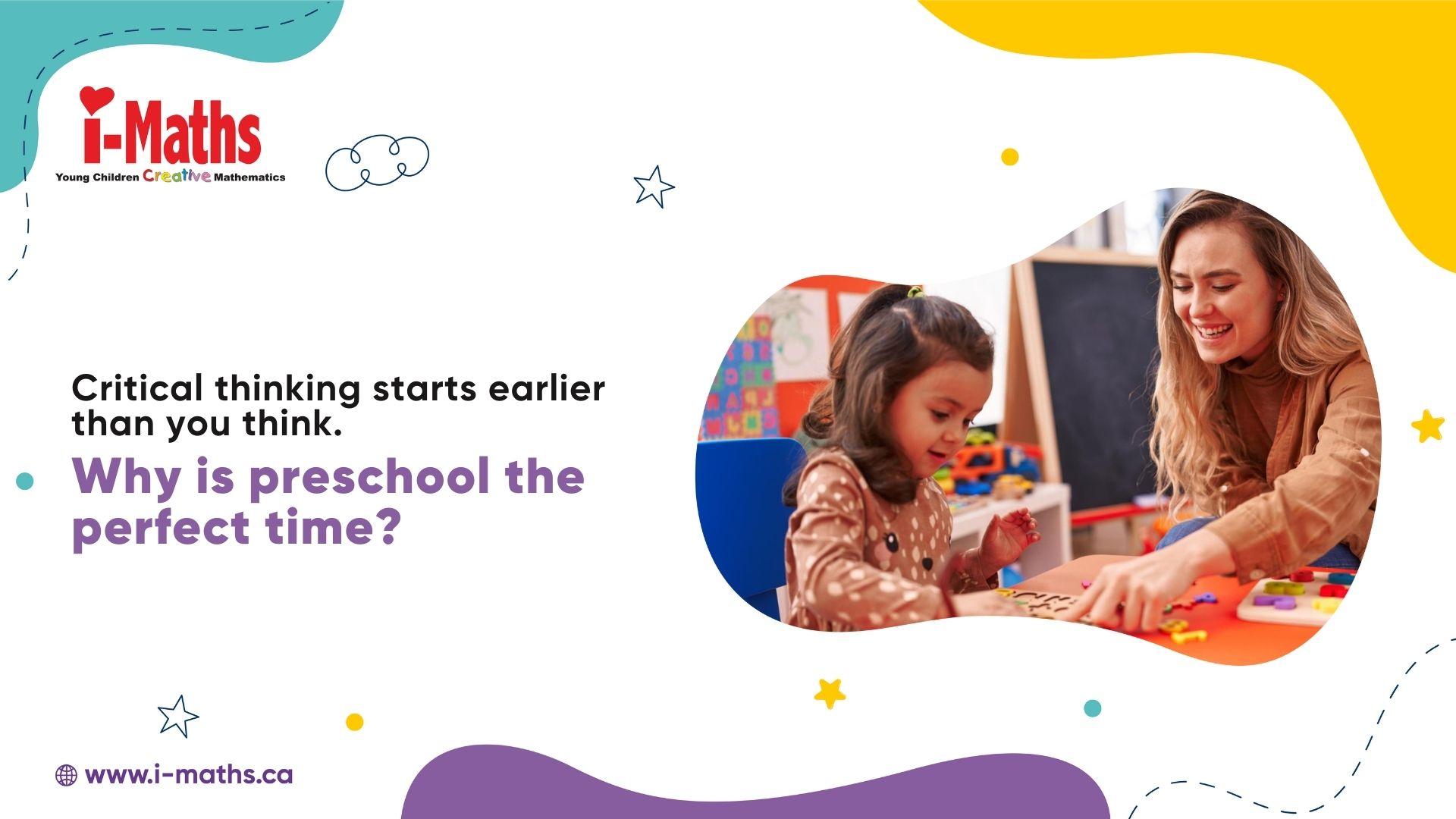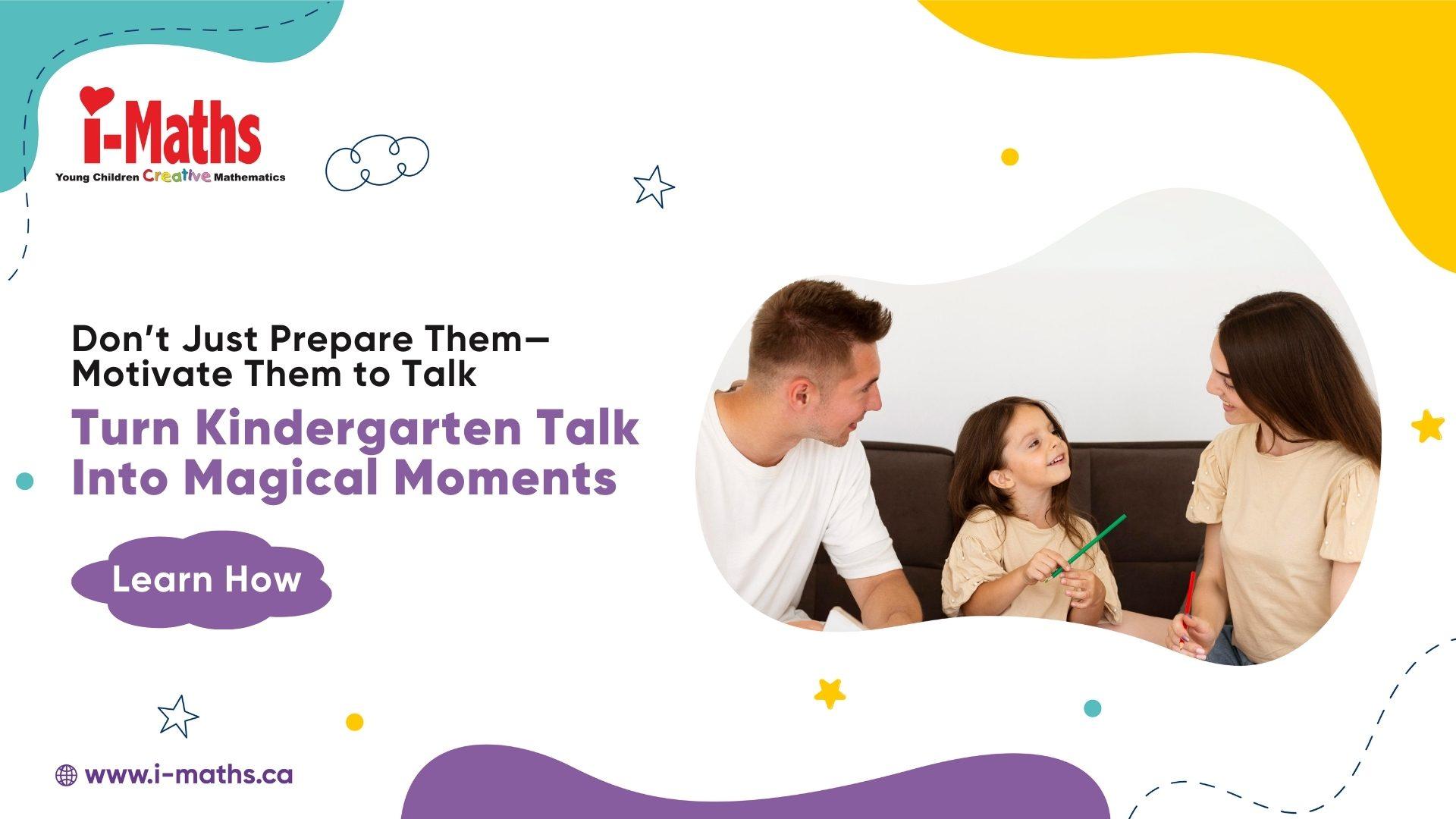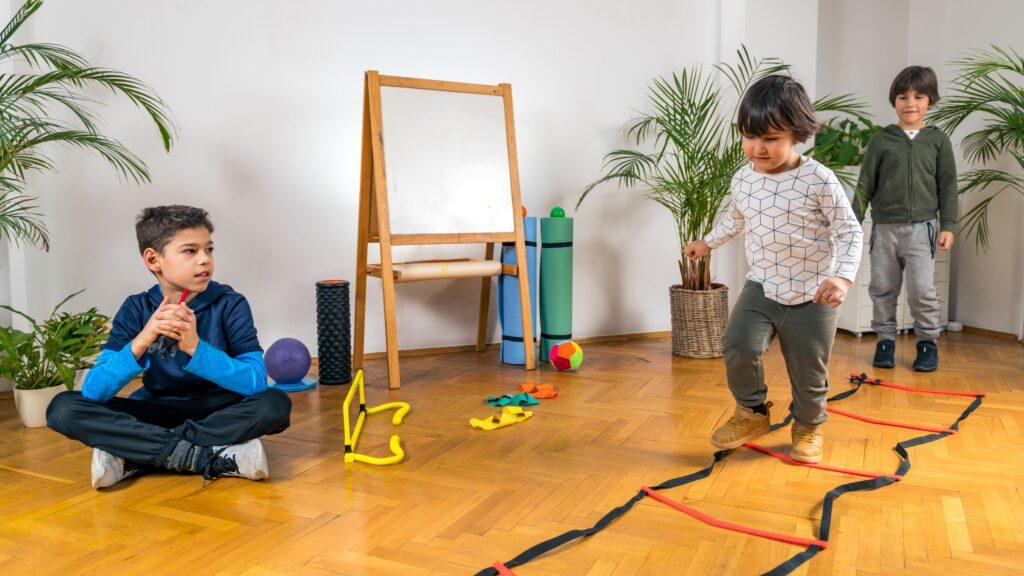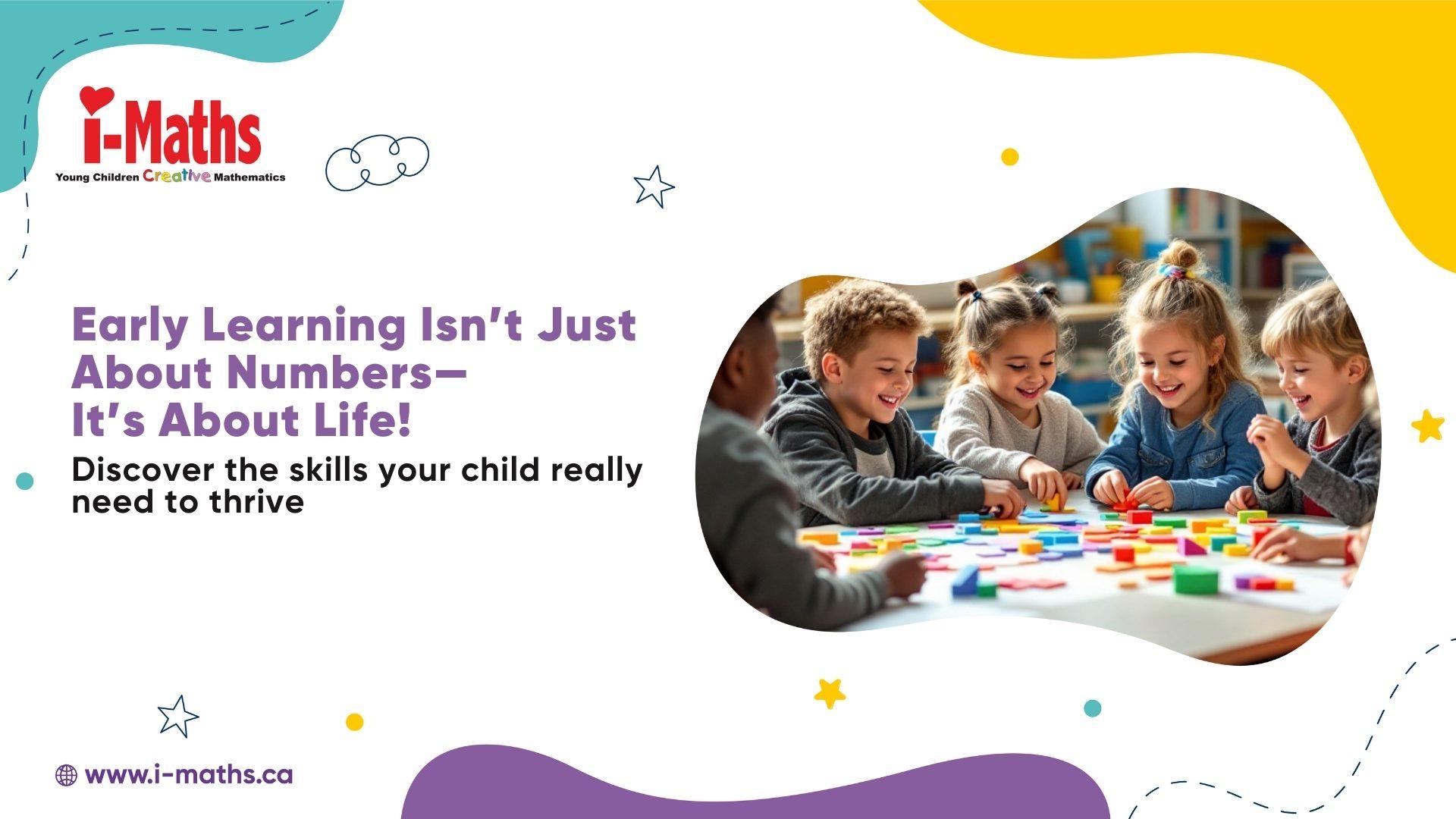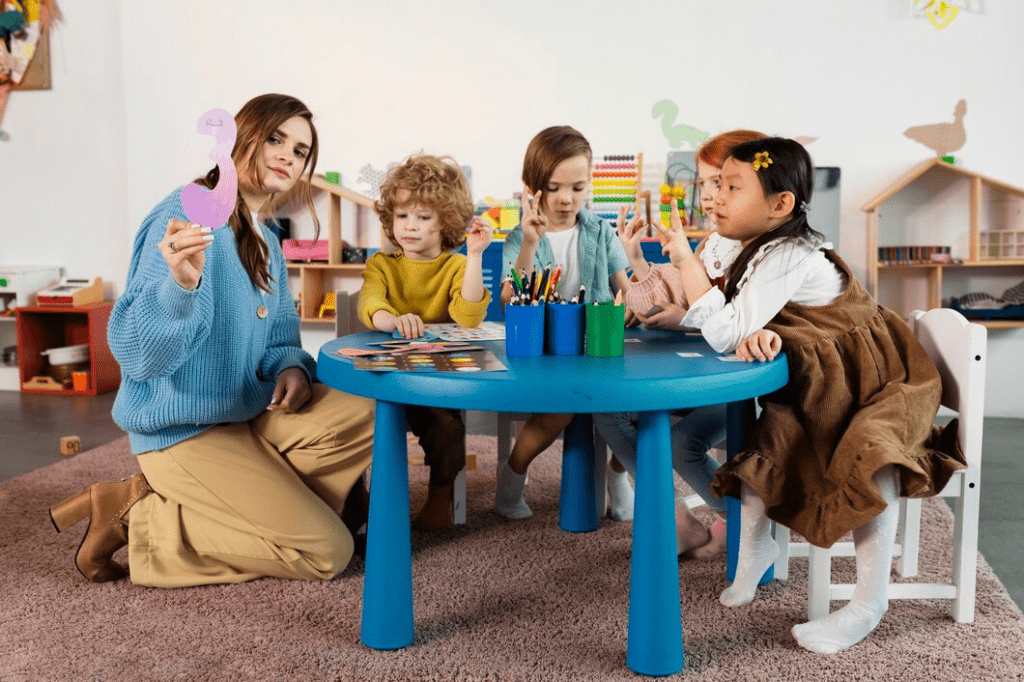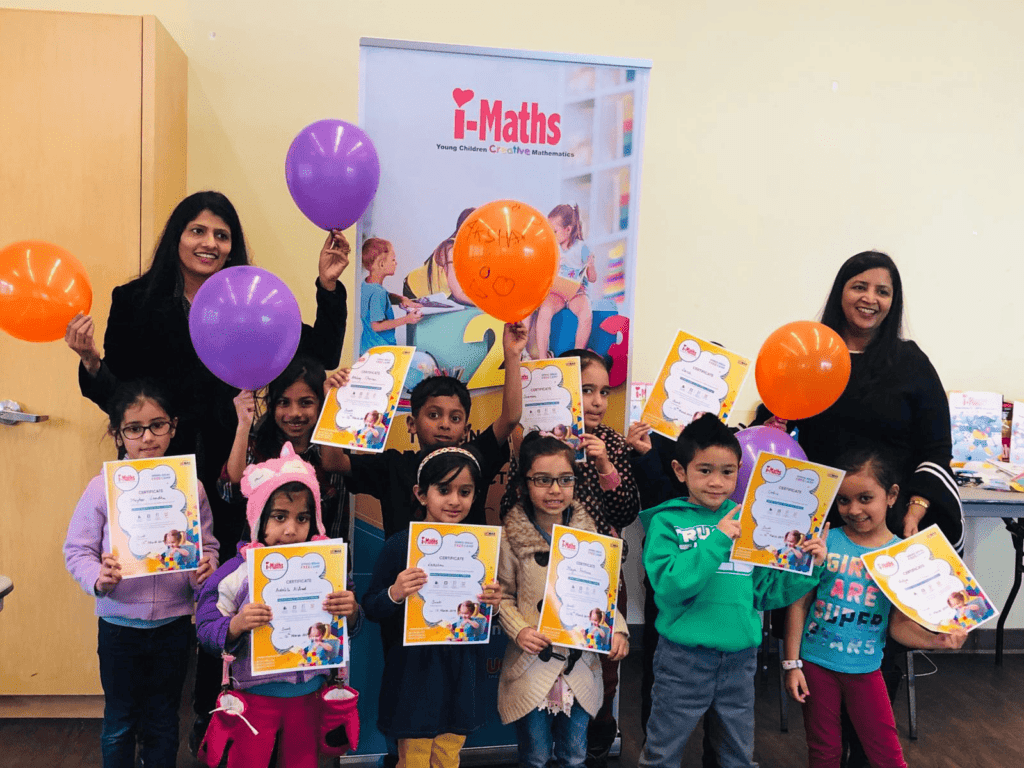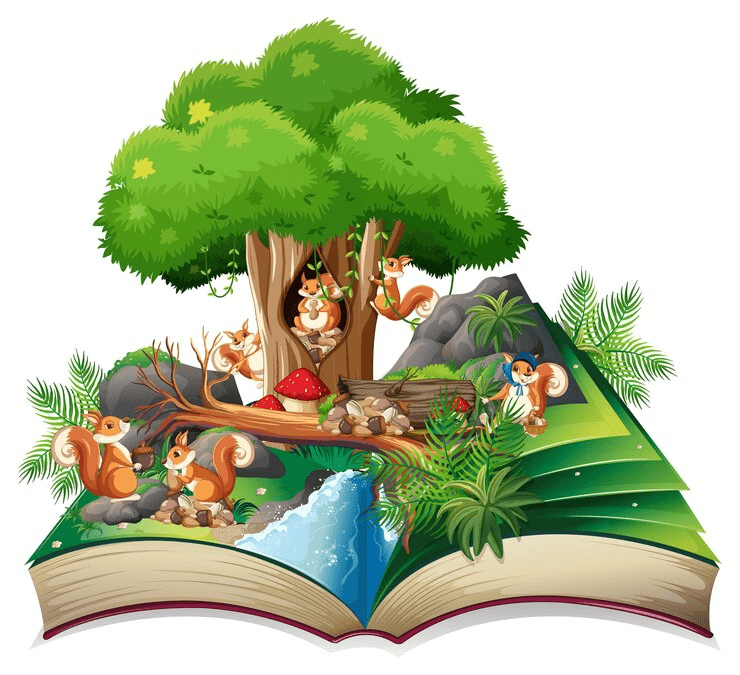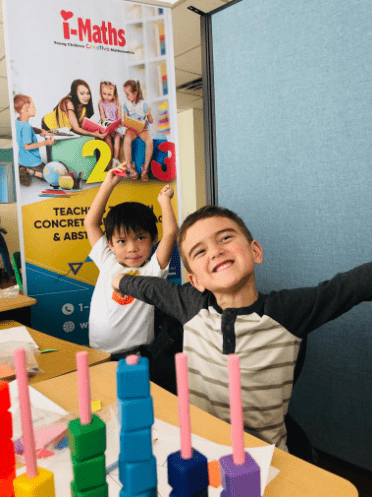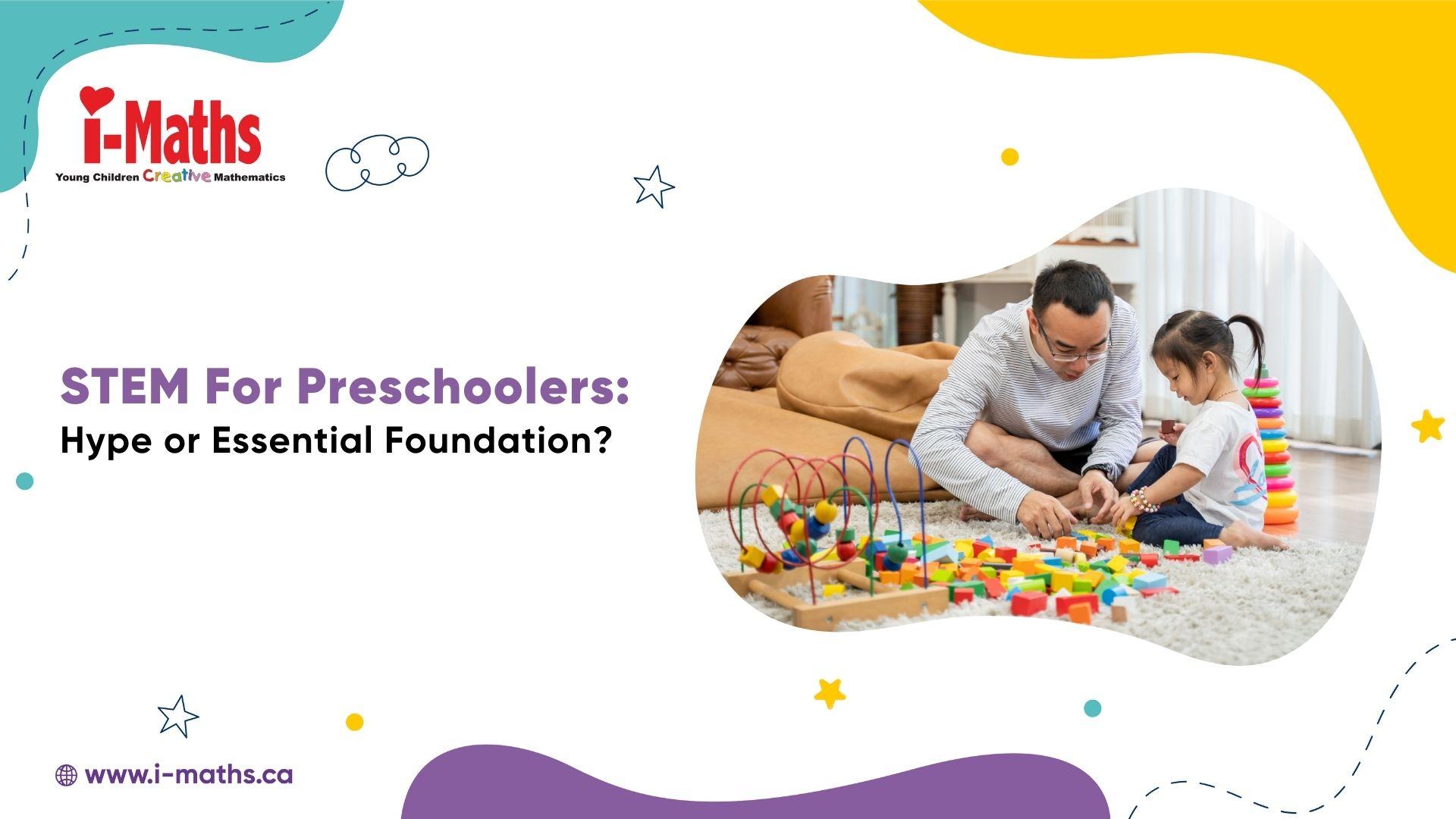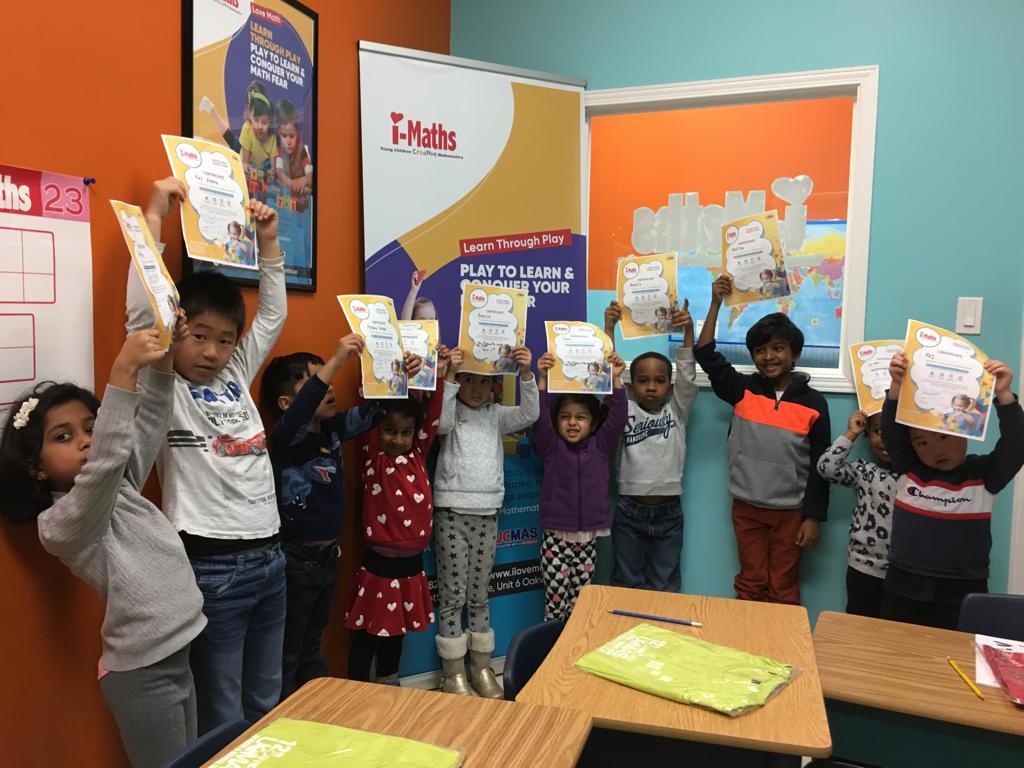Have you ever watched your preschooler question everything from why dogs bark to why they can’t have ice cream for breakfast, and thought, “Wow, this kid is curious, but is that thinking?” And the answer is: It absolutely is. According to research by Harvard child psychologist Paul Harris, children ask about 40,000 questions between the ages of two and five.
The way young children explore and ask relentless “whys” isn’t just them being adorable; it’s the earliest form of critical thinking. It just doesn’t come packaged in formal debates or long-winded essays. It shows up in puzzles, pretend play, and even snack-time negotiations.
So let’s tackle the big question head-on: Is your preschooler too young for critical thinking? Not only is the answer “no,” but it turns out preschool is the best time to start.

Myth 1: Critical Thinking Is Only for Big Kids
Fact: Preschoolers Are Natural Critical Thinkers
Have you ever watched your child build a tower of blocks, knock it over, then build it again, and this time sturdier? That’s not just play. That’s experimentation. Problem-solving. Cause and effect. That’s critical thinking in action.
Young children are constantly questioning, testing, and exploring, and their brains are wired for it. During the early childhood years, brain connections form at an astonishing rate, up to 1 million new neural connections per second! This is the perfect time to encourage skills like comparing, predicting, observing, and reflecting.
And guess what? You don’t need to be teaching them logic puzzles or essay writing. With the right environment, they’ll naturally build these abilities through engaging math activities for preschoolers, creative games, and guided exploration.
Myth 2: Critical Thinking Means Sitting Still and Memorizing
Fact: It’s About Active, Hands-On Learning
Let’s talk about a classic classroom image: a child quietly repeating facts or reciting the alphabet. While memory has its place, true learning happens when kids understand the “why” behind the “what.”
This is what we call conceptual learning, and it’s worlds apart from memorization. Want to dive deeper into that difference? Check out this blog on conceptual learning vs memorization.
At i-Maths, we believe in learning that sticks. Instead of drilling numbers, we introduce your preschooler to shapes and patterns through stories, puzzles, or even a treasure hunt. That’s math. That’s logic. And that’s the kind of early childhood education program that fosters critical thinking in the most joyful way.
What Critical Thinking Looks Like in Preschoolers
Still wondering what it actually looks like when a preschooler “thinks critically”? Here are a few examples:
- They notice patterns: “All the red cars are fast. The blue ones are slow!”
- They ask questions: “Why is the moon out in the daytime?”
- They solve simple problems: “If I stand on this stool, I can reach the shelf.”
- They make predictions: “If I pour too much water, it will spill!”
These are powerful thought processes, and when you guide them with intention, they bloom into skills your child will carry for life.

Myth 3: Math Is Too Abstract for Preschoolers
Fact: Math Is One of the BEST Ways to Build Critical Thinking
Most people think of math as numbers and equations, and yes, that can feel overwhelming for a toddler. But in early learning, math is a language. A way of understanding the world.
At i-Maths, we use math as a tool to develop observation, reasoning, and creativity. It’s not about counting to 100; it’s about asking questions like:
- “What’s different between these two shapes?”
- “How many ways can you arrange these blocks?”
- “What happens if you take one away?”
These activities aren’t about getting the “right” answer. They’re about the process. The curiosity. The discovery. Want to see how this approach unfolds in real life? Read this blog about a parent’s view on the power of early learning.
How Parents Can Support Critical Thinking at Home
You don’t need a degree in education to support your preschooler’s thinking journey. You just need time, curiosity, and a little imagination. Try this:
- Ask open-ended questions: Instead of “Did you like the story?” try “What would you do if you were the bear in the story?”
- Encourage exploration: Let them mix colors, build their own forts, or make patterns with pasta. These hands-on moments are full of hidden learning.
- Listen to their ideas: Even if their theories are way off (“The moon is a big flashlight”), let them talk. That’s how they develop reasoning skills.
- Play math games: From sorting buttons to building with blocks, simple games build foundational math and logic skills.
Looking for inspiration? Our math activities for preschoolers are a great place to start.

Why Start Now?
The preschool years are a golden window of opportunity. Your child’s brain is in a phase of rapid development, soaking up new ideas with sponge-like intensity. Waiting until “later” to introduce critical thinking is like waiting to plant a seed until after spring; it misses the natural growth cycle.
By enrolling your child in an intentional, engaging early learning centre near you, you’re giving them a head start, not just in school, but in life.
Imagine your child entering kindergarten already confident, asking questions, solving problems, and thinking creatively. That’s not just impressive, it’s empowering.
Your Preschooler is Not Too Young
They’re not too small. They’re not too silly. And they’re definitely not too young.
Critical thinking doesn’t have to look like a philosophy class. It can look like finger painting. Storytelling. Building block cities. It’s not about pressure, it’s about play with purpose.
And that’s exactly what we offer at i-Maths.

Ready to Nurture Your Child’s Thinking Powers?
Are you someone searching for a Preschool Program Near You? At i-Maths Canada, we believe every child has the potential to become a confident, creative thinker. Our engaging, age-appropriate early childhood education programs are designed to tap into your preschooler’s natural curiosity through math, play, and exploration.
Discover more about our Early Learning Centre or contact us today to get all your questions answered. Let’s turn your child’s “why?” into “Wow!”

